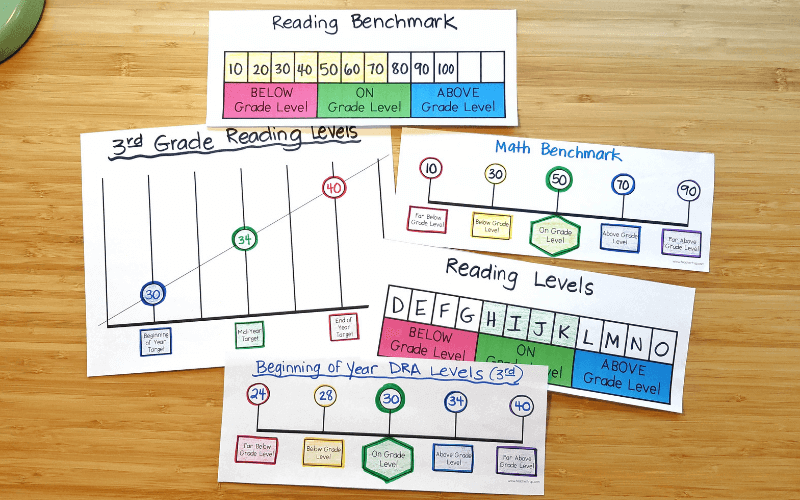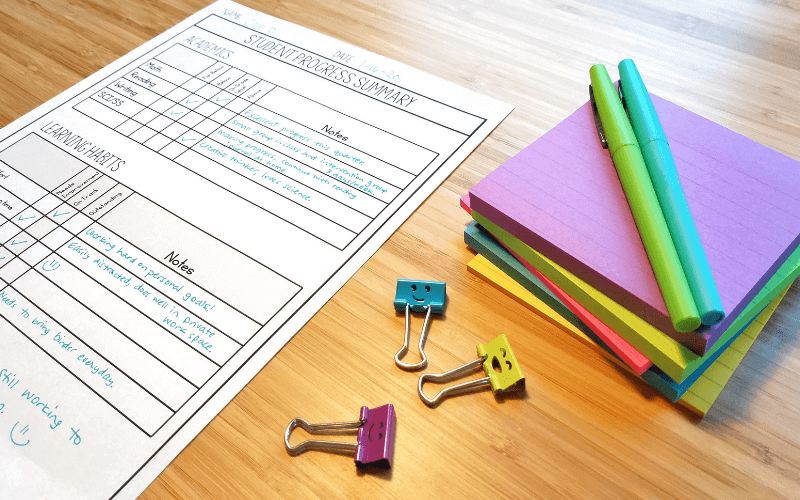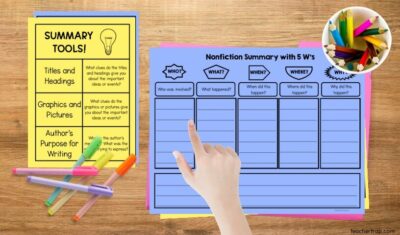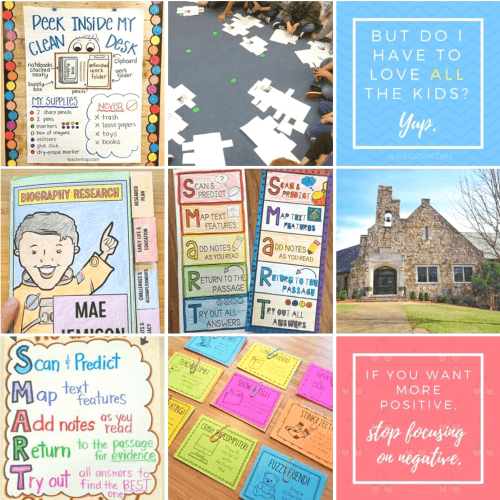Sharing student progress can be tricky. Grades, levels, and teacher-speak can muddy the waters and leave parents feeling confused, defensive, or hopeless. By sharing student progress in a way that makes sense to parents, you are more likely to get the support and help you need. You can empower the parents to become an advocate for their child and be your greatest ally!
Start With the Positive
We often assume that parents know that we love and care for their child; that we have their child’s best interests at heart. But I’ve found that most parents need some reassurance before they are able to hear about challenges and struggles. Always, always, always, start positively. Point out the things you love and appreciate about their child. Remind parents that you see their child as a unique and lovable individual. They will be ten times more receptive to hearing everything else you need to share.

Make it Meaningful
“Your child is reading on a Level H.”
“Your child is in the 66th percentile based on the BOY assessment.”
“Your child scored a 5 on the universal screener.”
In schools, we use a lot of teacher-speak and sometimes forget that this language is meaningless to parents. If you want parents to comprehend and take action, you have to help them understand how their child is doing at school.
You can easily create simple visual guides, like the ones I’ve included in my online course Positive Parent-Teacher Partnerships. Along with visual guides, you can show parents work samples that show the child’s progress over time, examples of on-level work, and examples of the type of work they’ll be expected to do.
Anytime you share a score or level, include some kind of explanation of what that score actually means.

Clarify Your Message
We often have A LOT of information to share with parents and we have to do it in a small amount of time. Before a meeting, determine the most important messages that you need parents to hear and understand. What are the essential take-aways?
In my course, I’ve included an editable Student Progress Summary page, as shown above. Create something that allows you to give simple, clear, and specific feedback to parents so that you can ensure everyone is on the same page at the end of the meeting.
It’s also helpful to consider HOW you’d like parents to help. We often share the issues, without giving parents specific actions to take. You can learn more about how to get parents involved in my last post, Real Ways to Get Parent Support at Home.













